You Cannot Solve Energy Poverty with Expensive Electricity
The Gordian Knot of our time is the closely coupled problems of energy poverty and global warming. But so far on this substack, all we've done is blather on about global warming and nuclear power. We might as well be misanthropic Malthusians. Given our selfish nature, we constantly need to remind ourselves, that energy poverty is the more pressing side of the Gordian Knot. You cannot solve energy poverty with expensive electricity.
A portion of mankind is awash in electricity. For these lucky humans, darkness has been banished. They live in homes and work in offices where 70F is too hot in the summer and too cold in the winter. All the hot water they can use is available with a flick of the wrist. All the ice they can consume is available on demand. Food can be stored pretty much indefinitely. Machines wash and dry their clothes and clean their dishes. Electric powered robots are taking over manual task after manual task, freeing up people to do all kinds of mischief. Electric powered server farms store all the world's knowledge, millions of terabytes of trivial data, and very little wisdom. Electricity is the foundation of their economies and their wealth.
For these people, it is hard to imagine what life without electricity is like. Currently mankind consumes electricity at a rate of about 3,000 gigawatts(GW). But the distribution is horribly uneven as Table 1 shows.
On average, the USA consumes 1,500 watts per person. The Scandinavian countries considerably more. But most of Latin America is below 250 W. Most of South Asia below 125 W. Much of Africa below 25 W. The national averages mask wide disparities. Nearly a billion humans have no access to electricity at all.
All of us, including the people who fly around to Climate Change conferences, need to reflect on what it means to be without electricity.
Globally the worst health hazard of all is being poor. The difference in life expectancy between the poorest and wealthiest humans is measured in decades, Figure 1. Wealth requires electricity. A rough rule of thumb for developing economies is every kWh per capita consumed is worth five dollars in per capita GDP.
Figure 1. Life Expectancy versus GDP. Each dot is a country. The dots hide large intra-country disparities. In the USA, a wealthy country, the difference in life expectancy between the top 1% in income and the lowest 1% is 14.6 years (men) and 10.1 years (women).
Another way to look at this is via the United Nation's Human Development Index(HDI). The HDI is a somewhat arbitrary combination of longevity, wealth, and education. Figure 2 plots the HDI against electricity consumption. Unfortunately, the HDI tends to squash countries together. Looking at the HDI, you might get the impression that the quality of life in Chad is maybe half that of Norway. The table inset into the top frame of Figure 3 tells a different story. The top 15 countries consume something like 500 times as much electricity per capita as the bottom 15.
Figure 2. Human Development Index versus per capita electricity consumption. Size of circles is proportional to population.
But Figure 2 does make a couple of points:
1) For high electricity consumers, the curve is rather flat. These people could get by with a little less electricity without a really major impact on their lives.
2) But for the low consumers, the curve is quite steep. For these people, a little more electricity is literally a matter of life and death. Asking them to consume less is gunnel whacking at its worst.
3) The size of the circles represents population. An awful lot of the planet's humans are in the steep part of the curve.
If humanity is to prosper, then clean, affordable, dependable electricity must be available to all. Figure 3 tells us to bring all mankind up to European standards, we need double the electricity we are currently producing. And that's before we worry about population growth and electrifying non-grid markets.
Figure 3. Regional distribution of electricity consumption. Width of each bar is regional population; height is per capita electricity; area is regional electricity consumption. Sources: World Bank, BP Statistical Review of World Energy, 2021}



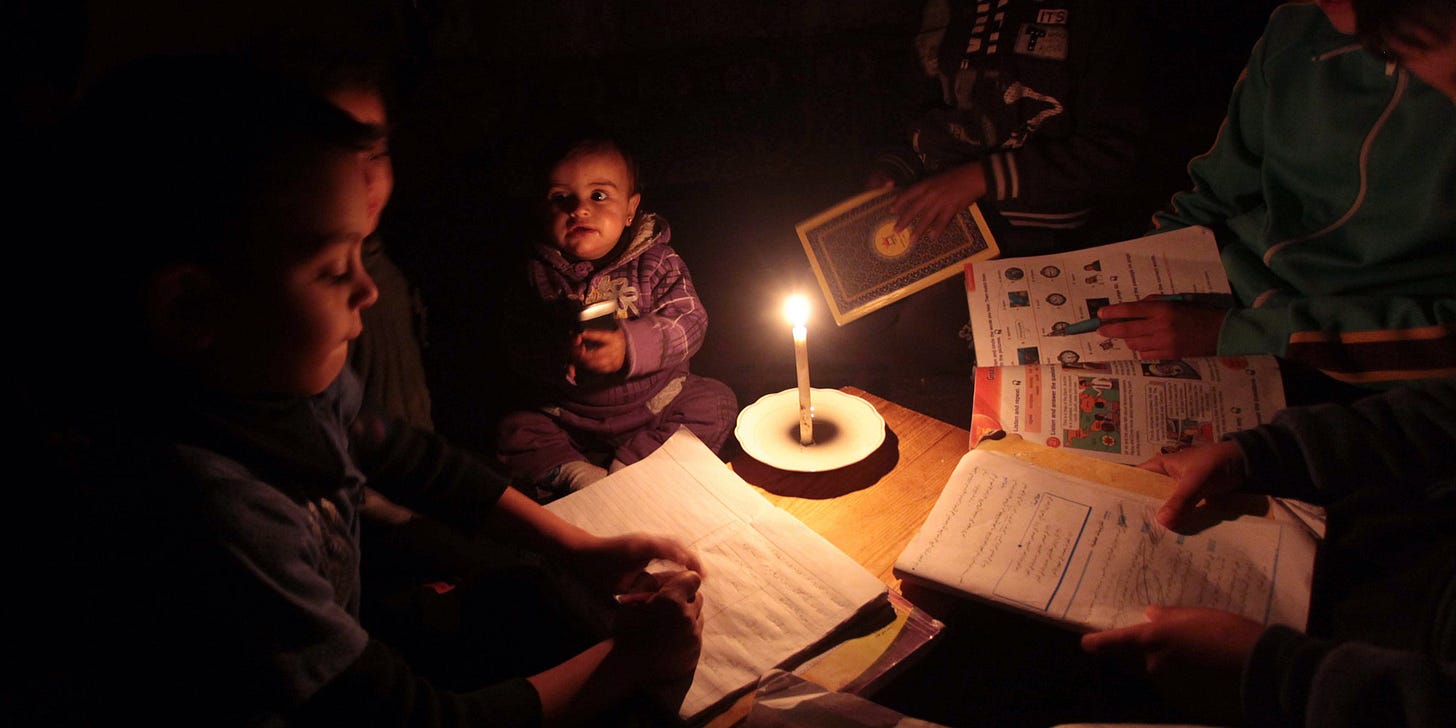
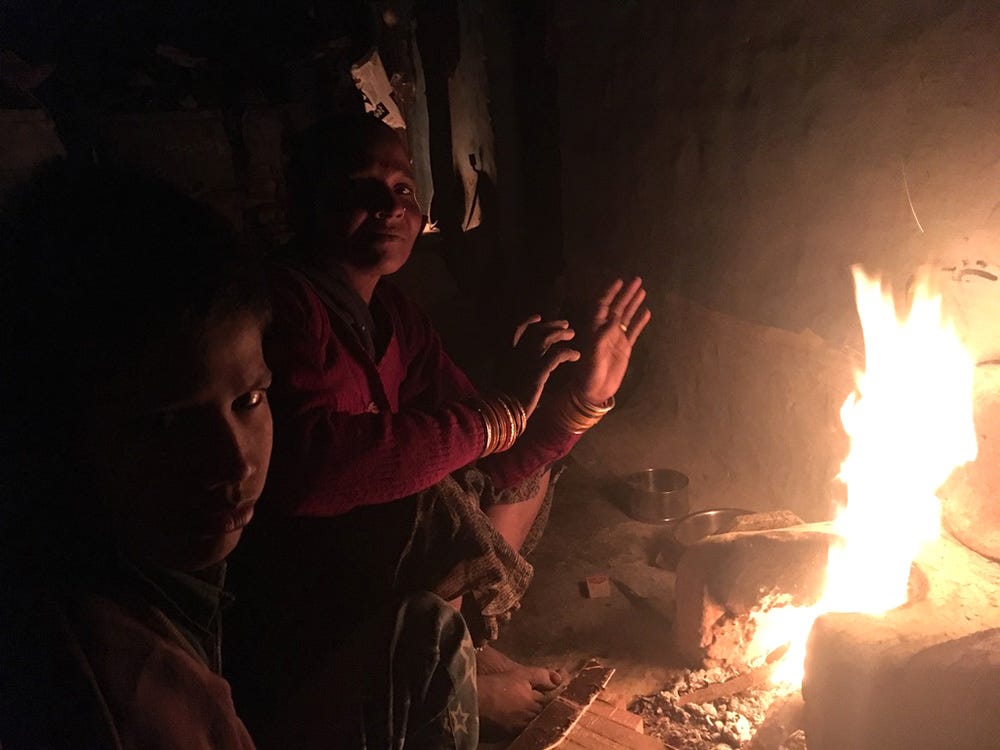
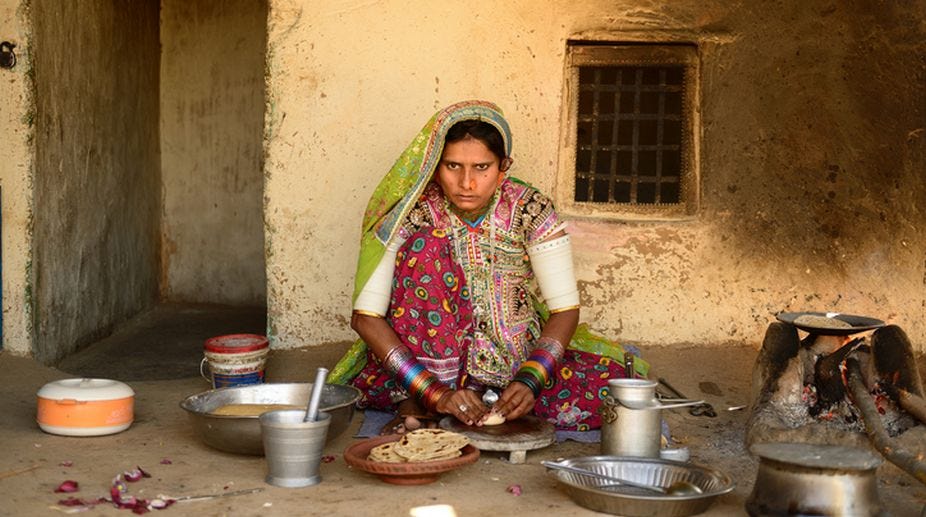
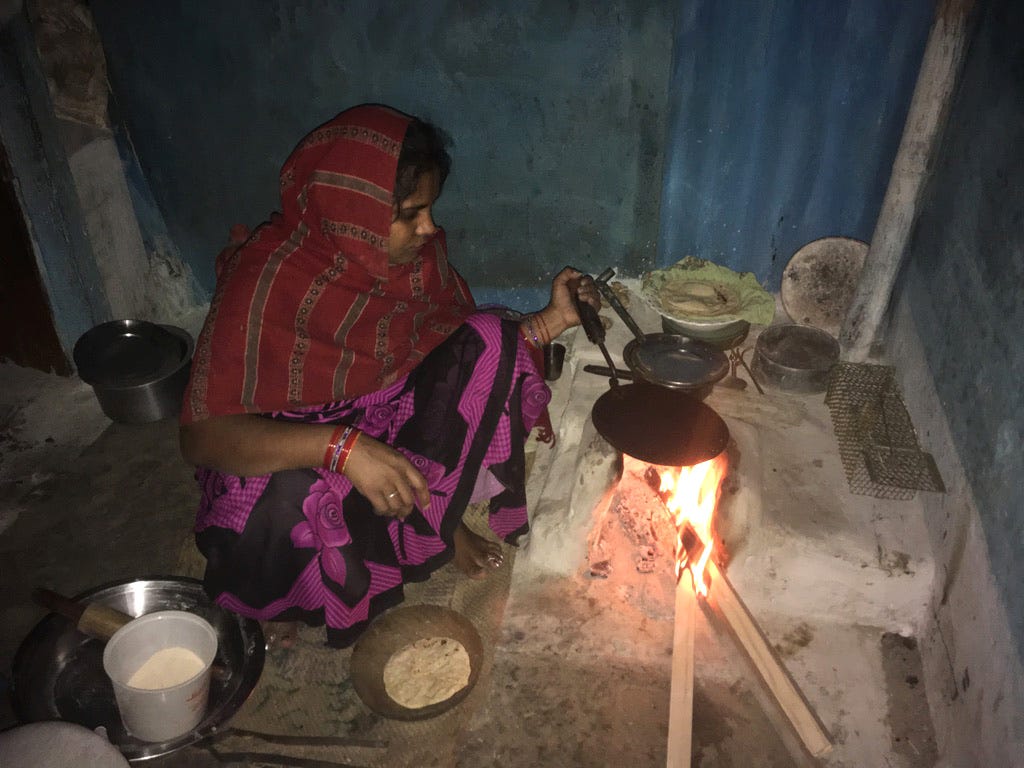
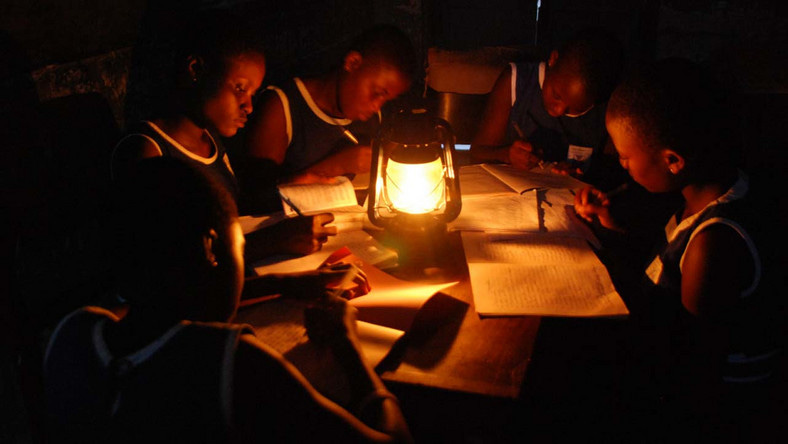


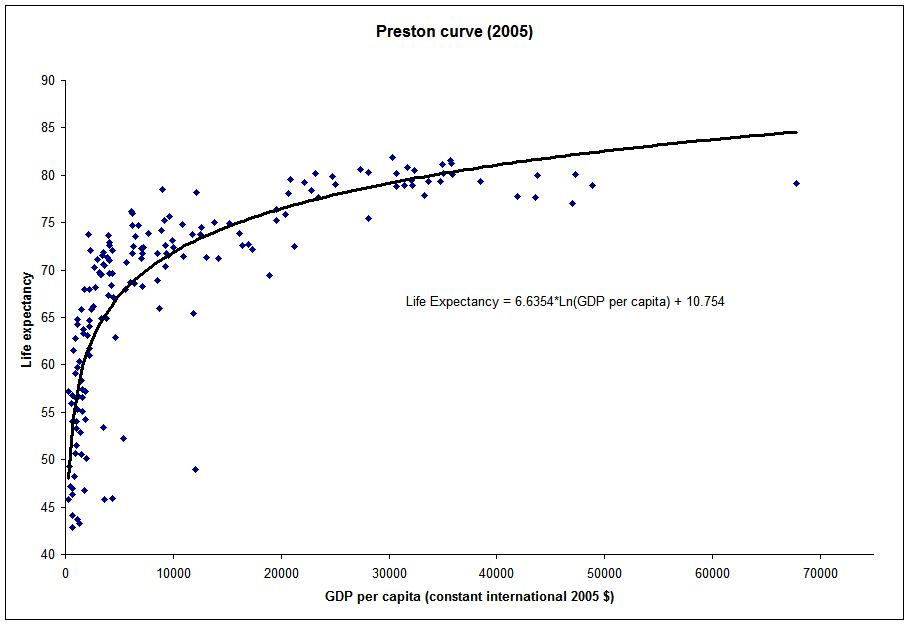

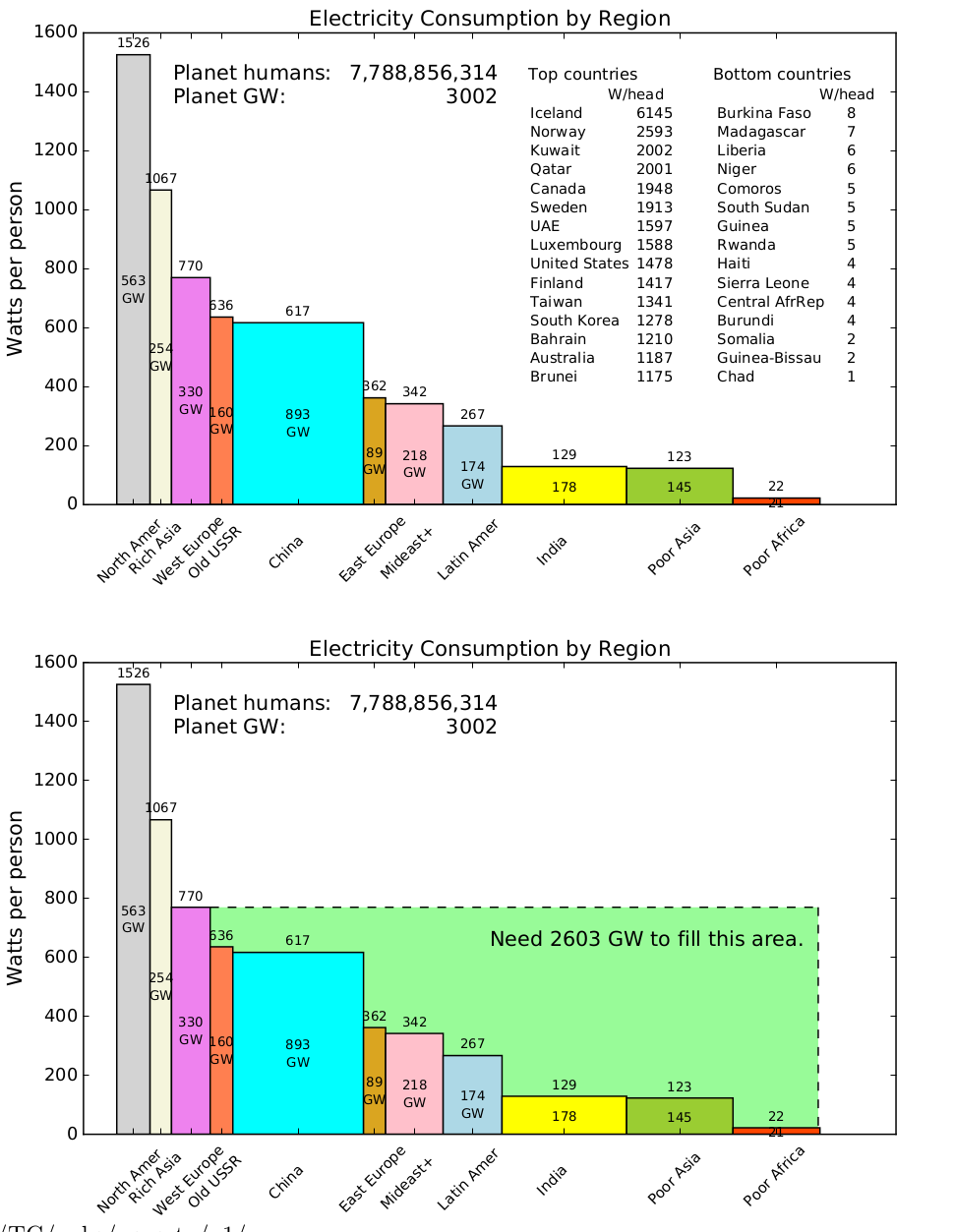
We appreciate the fact that you drive at the human prosperity aspect of this like a Jack hammer.
That's our biggest worry and motivator, too. For our readers but even more so for those in the developing world who will never even see our work.
About gunnel whacking (written in 1982):
The first is a general distrust of a society with abundant energy supplies. We find Stanford University Professor Paul Ehrlich, an anti-nuclear environmental spokesman, stating: "In fact, giving society cheap abundant energy at this point would be the equivalent of giving an idiot child a machine gun." Amory Lovins of Friends of the Earth puts it this way: "If you ask me, it'd be a little short of disastrous for us to discover a source of clean, cheap, abundant energy because of what we would do with it. We ought to be looking for energy sources that are adequate for our needs, but that won't give us the excesses of concentrated energy with which we could do mischief to the earth or to each other."
https://www.gridbrief.com/p/guest-feature-energy-debate-really-energy